Accelerating Clean Energy Innovation
Paul Hobcraft
MAY 19, 2021
This 2050 target is in line with the 2015 Paris Agreement, the foundations of global consensus to limit the rise in global temperature to 1.5c. To quote from this IEA view : Most of the global reductions in CO2 emissions between now and 2030 in the net-zero pathway come from technologies readily available today.

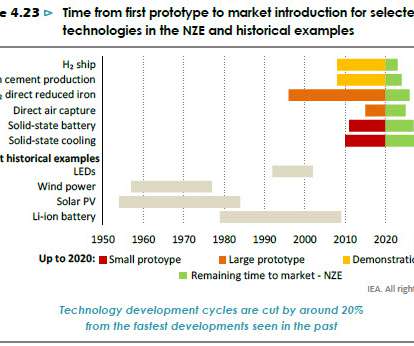
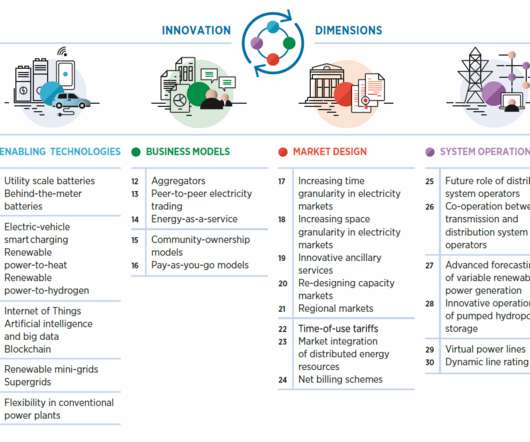

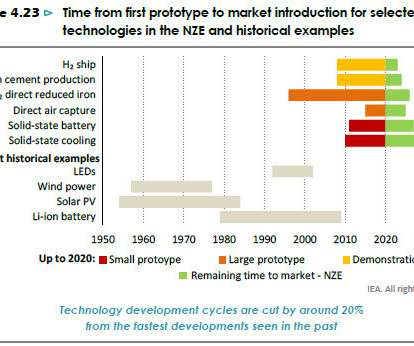
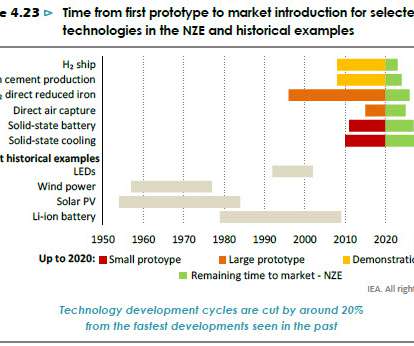
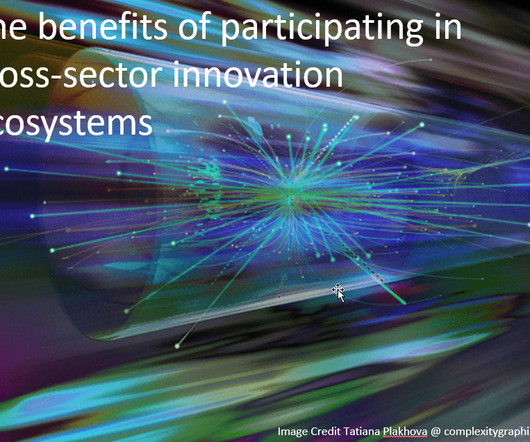


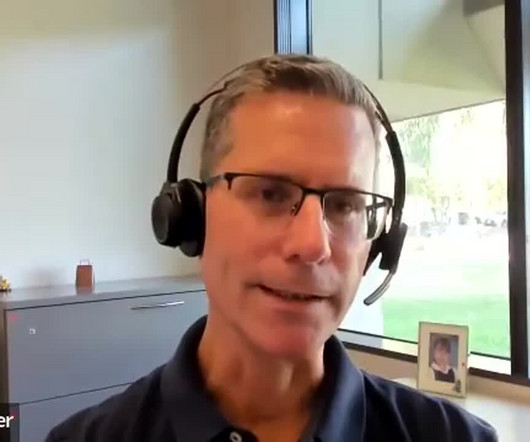

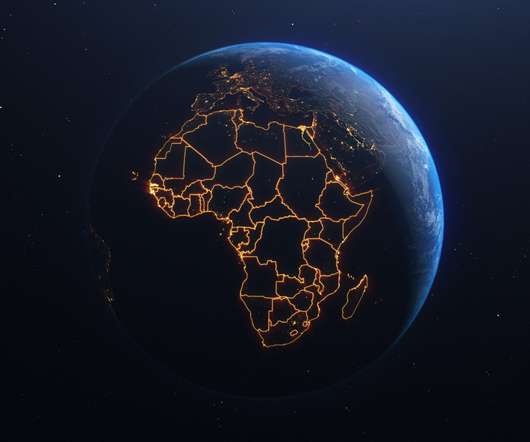




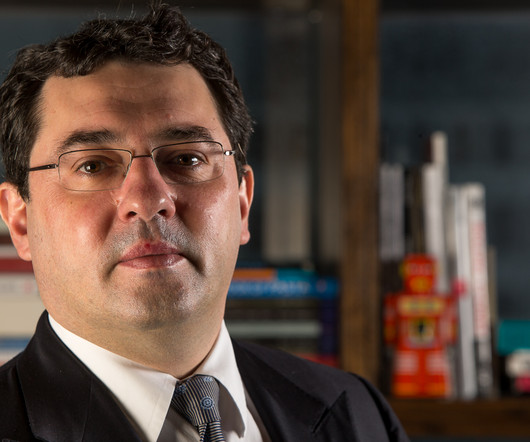






























Let's personalize your content